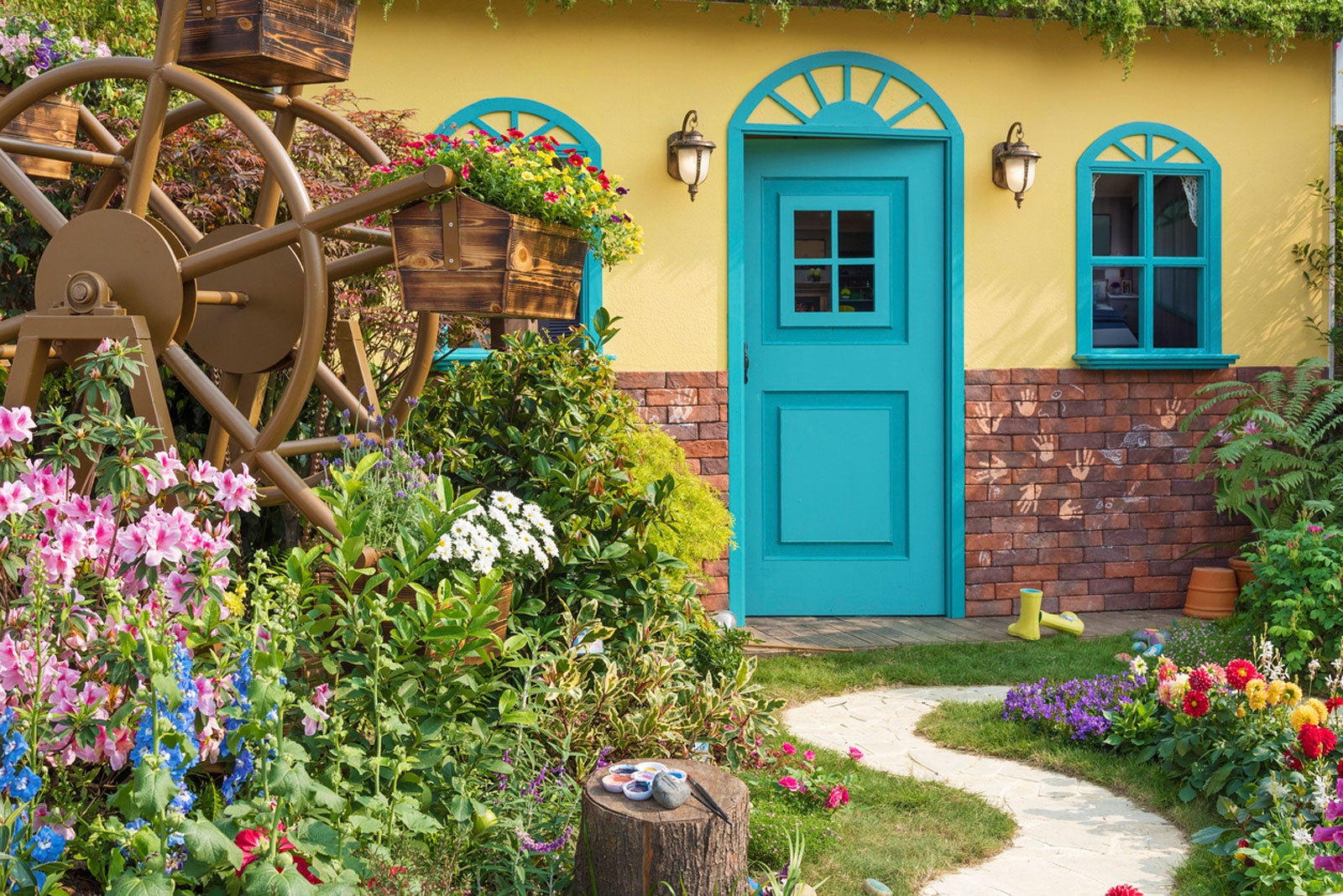Growing Plants For Curb Appeal – How To Add Curb Appeal To Your Front Yard


Front yard landscapes are the first thing visitors see when they come to your home. Improving your front yard will help improve the impression the house gives others, including guests and potential buyers. Maybe you are putting your house on the market or you just want to liven up your front entrance, both of these start by adding plants for curb appeal. Read on for tips on how to add curb appeal to your home.
Increase Your Home’s Curb Value
“Curb value” is a term used in the real estate business to indicate the impression a house makes from the street in front of it. How attractive is your home to visitors walking in the front gate?
Upkeep on the house, such as new paint, modern windows, and a finished driveway all play a role in a home’s attractiveness. Assuming the basics are in order, you can further increase your home’s curb appeal by upgrading the front yard landscaping and fixing any landscape issues.
How to Add Curb Appeal
Improving your front yard by redesigning the landscape is a sure way to add curb appeal to the home. Consider the style of the property and your own personal style when you select plants for curb appeal.
If your home is large, you’ll be able to use larger, more dramatic plants in the yard. A cottage home should have plants that are in proportion to it. The house won’t look inviting if it is hidden in a sea of overly large plants.
Even with a large home you’ll want to install some low-growing or compact plants in the front yard to allow the house to shine through. Also, keep pruning in mind. Sprawling bushes may grow into or over pathways and require regular work to keep them looking orderly. You’ll want to maintain a clear, direct view of the door for maximum curb appeal.
As you install plants for curb appeal, you can help the look come together by using several different varieties of the same plant family. For example, you might plant several species of hydrangeas in the front yard or group three types of dwarf conifers.
Sign up for the Gardening Know How newsletter today and receive a free copy of our e-book "How to Grow Delicious Tomatoes".
Don’t fall into the old habit of lining plants up like soldiers. Choose plants of varying heights, shapes, and textures. Evergreens serve well as anchors for different plant groupings, adding year-round color, texture, and form.
Walkways are also important is presenting a welcoming home since they provide access. Think about using pavers to mark winding pathways while edging garden beds to keep them well-defined.

Teo Spengler is a master gardener and a docent at the San Francisco Botanical Garden, where she hosts public tours. She has studied horticulture and written about nature, trees, plants, and gardening for more than two decades, following a career as an attorney and legal writer. Her extended family includes some 30 houseplants and hundreds of outdoor plants, including 250 trees, which are her main passion. Spengler currently splits her life between San Francisco and the French Basque Country, though she was raised in Alaska, giving her experience of gardening in a range of climates.